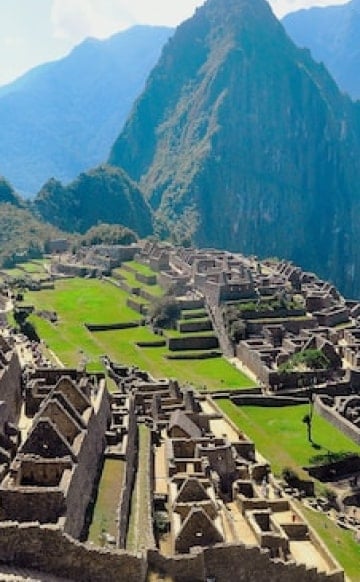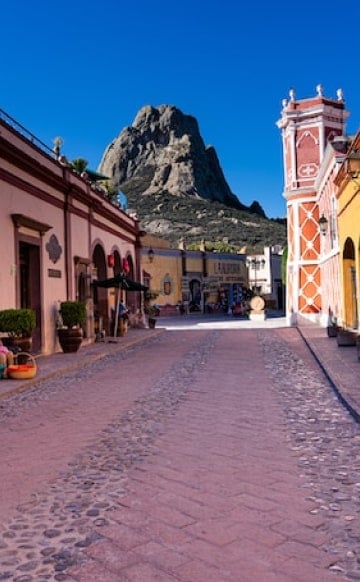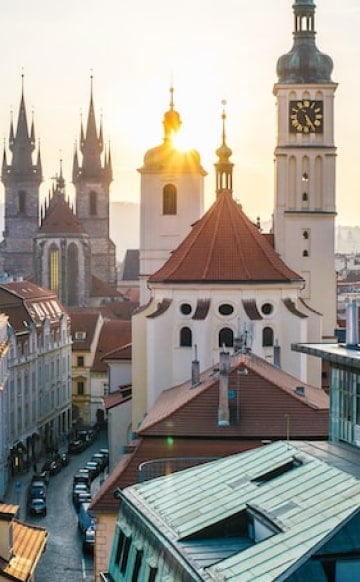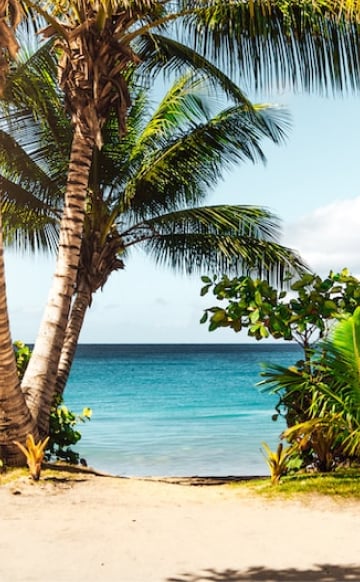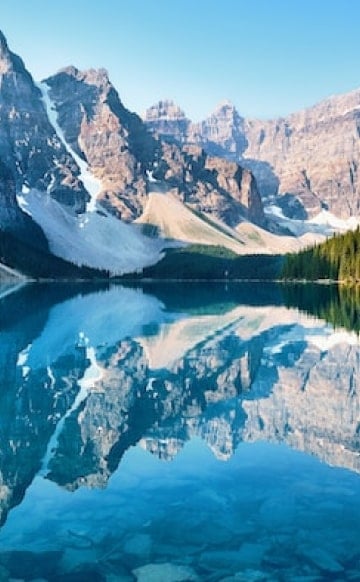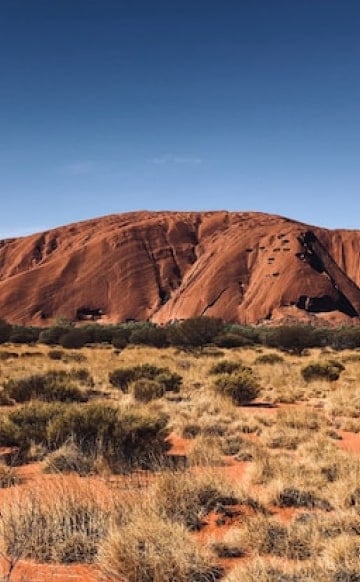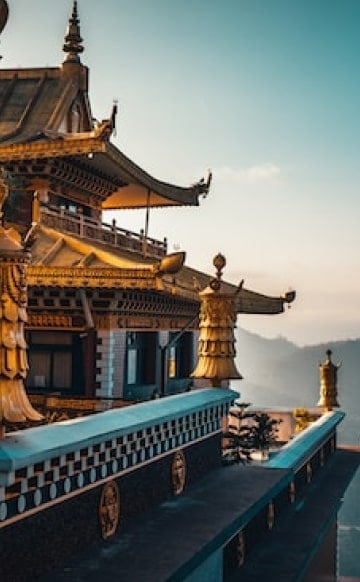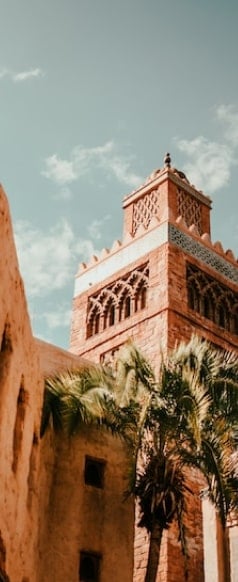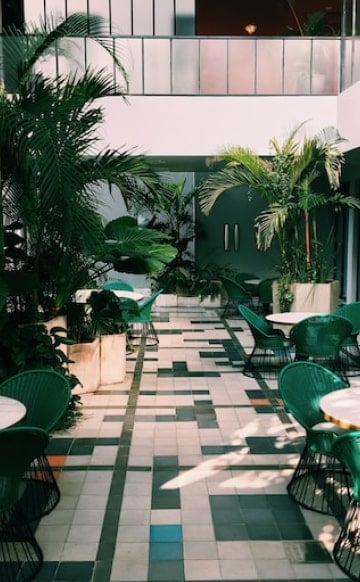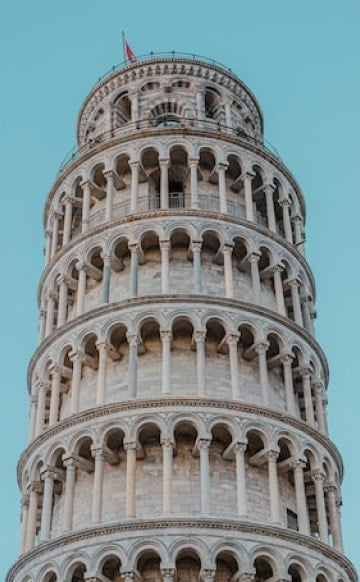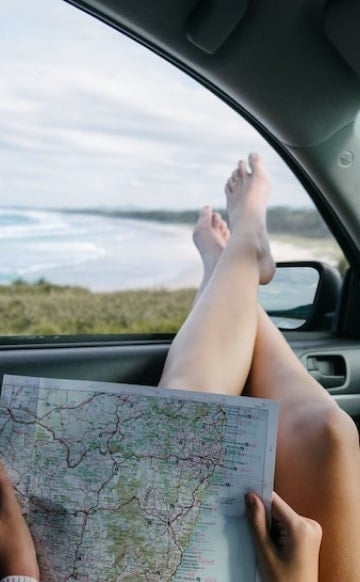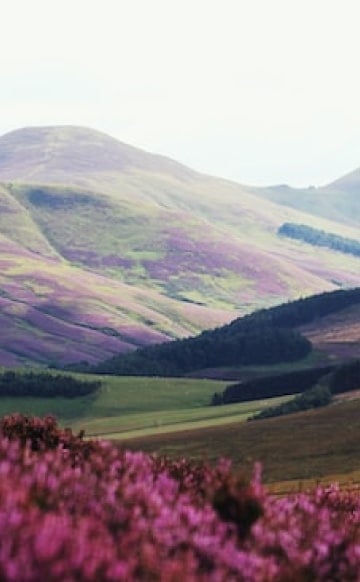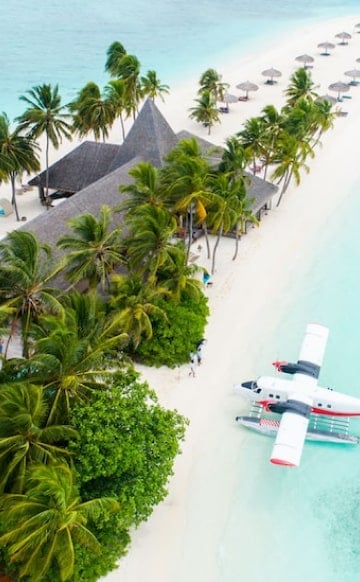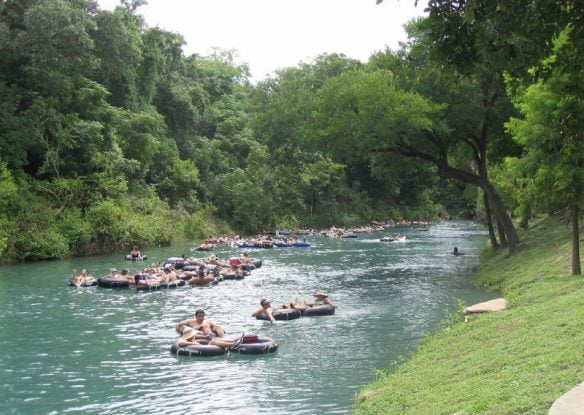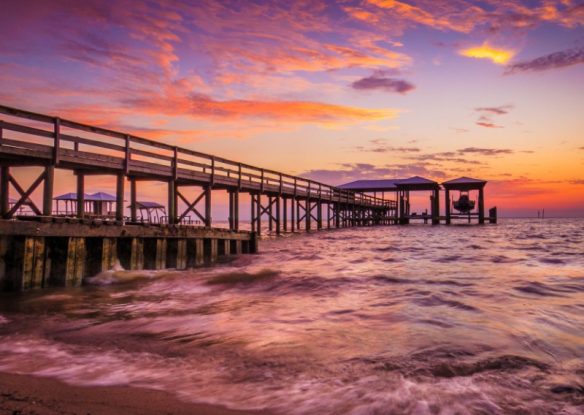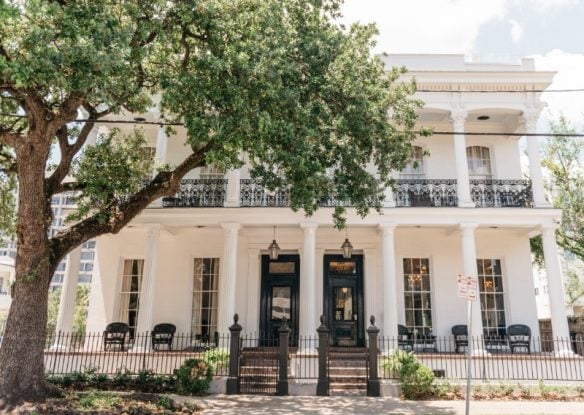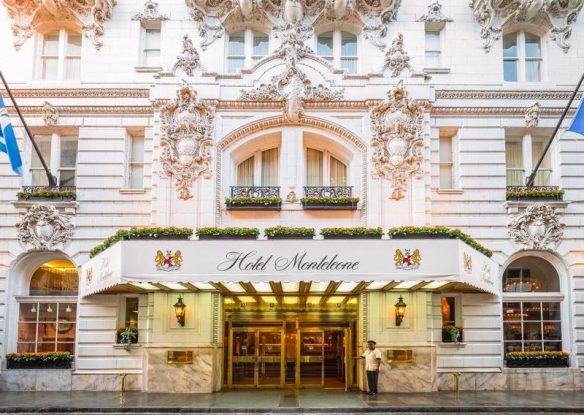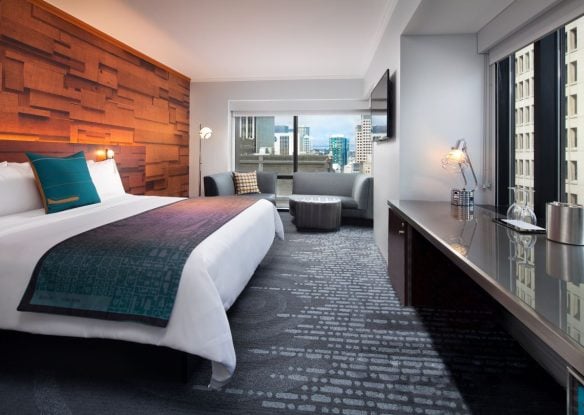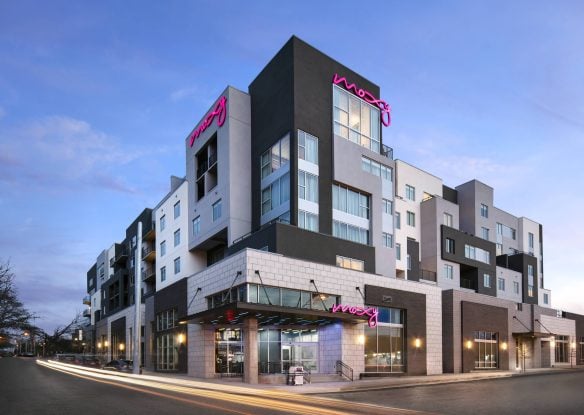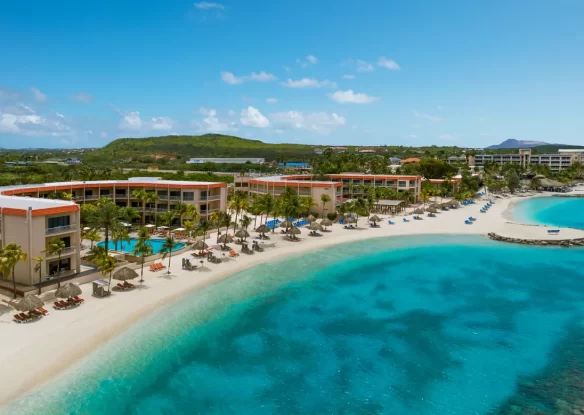When you think of Louisiana, New Orleans is probably the first place that comes to mind, and it’s a city any traveler to this state should experience, but you’ll also find many beautiful small towns and breathtaking islands well-worthy of a visit too.

New Orleans
No list of places to visit in Louisiana would be complete without mentioning New Orleans and its long list of top attractions. While it’s well-known for its year-round party atmosphere, it offers a whole lot more than that. There are few better places to experience America’s history than in the cobblestone streets of the French Quarter. Take a stroll through the district, bounded by the Mississippi River, Rampart Street and Canal and Esplanade, and you’ll view lots of magnificent architecture, like Creole cottages built on stilts, French colonial townhouses draped in ivy and grand antebellum mansions with balconies laced with intricate ironwork. Jackson Square is a great place to begin your exploration, with its patch of lovely moss-covered oaks and statue of Andrew Jackson, and be sure to take a picture-postcard photo at the Spanish Colonial- and Renaissance-style St. Louis Cathedral.
Of course, New Orleans is renowned as the birthplace of American jazz and is still one of the best places for music lovers to visit in the country. Whether you’re bar hopping in the French Quarter, attending the New Orleans Jazz Festival, the annual New World Rhythms Festival or Mardi Gras, the city’s music scene definitely won’t disappoint. And the food? This food-obsessed city offers cuisine to-die-for, from gumbo to crawfish boils, red beans and dirty rice as well as Cafe Du Monde’s famous signature beignets.

Breaux Bridge
Breaux Bridge is a small city in the heart of Cajun Country near Lafayette is considered to be the “Crawfish Capital of the World.” It lies along the Bayou Teche, which winds past the historic downtown area that hosts a wide array of antique stores, boutiques and gourmet Cajun eateries. As the crawfish capital, you’ll just have to try some, and one of the best places to sample it is at the aptly named Crazy Bout Crawfish, or at the annual Breaux Bridge Crawfish Festival. At nearby Lake Martin, you can go gator watching while paddling a kayak.

Grand Isle
Tucked along the South Louisiana coastline is the little town of Grand Isle, the state’s only inhabited barrier island. Here you can enjoy seven miles of white sand beaches and the Butterfly Dome, filled with native butterflies and plants. Bird- and nature-lovers alike shouldn’t miss the Grand Isle Birding/Nature Trail which features five bird-watching locations with the chance to spot the state bird, the brown pelican, along with roughly 100 species of songbirds, sandpipers, herons, grosbeaks, tanagers and more. At the Elmer’s Island Wildlife Refuge there are numerous outstanding fishing spots and you’ll also have the chance to marvel at the spectacular Gulf of Mexico views.

Abita Springs
Abita Springs, located on the Northshore of Lake Pontchartrain, less than an hour’s drive from the French Quarter, is a village that’s been inhabited for hundreds, if not thousands of years. It’s named for the medicinal waters that come from underground aquifers which are made to produce the award-winning Abita Beer. If you’re a beer aficionado, be sure to take a tour and sample some in the tasting room. Whether you’re a fan of museums or not, you won’t want to miss the Abita Mystery House. This very unique, one-of-a-kind facility features a rather eccentric collection from bizarre memorabilia to strange miniatures, old arcade machines, interesting junk and Buford the bassigator, a 22-foot-long half alligator, half bass with eyes the size of beach balls.

Avery Island
Most people are familiar with Avery Island simply because the name is on every bottle of Tabasco sauce. It’s one of five islands that rise above south Louisiana flat coastal marshes, and the birthplace of the TABASCO brand pepper sauce. The island has been owned for nearly two centuries by the Marsh, Avery and McIlhenny families. It’s conveniently located on a giant mound of salt, which is one of the famous sauce’s three ingredients. While tours of the factory are arguably the most popular attraction here, its gorgeous 170-acre Jungle Garden is also a must-experience as a nature reserve inhabited by indigenous plants and animals. In season, visitors to the island can expect to see a variety of azaleas, camellias and bamboo, in addition to alligators, deer and raccoons that live in the hills and marshes around the gardens.

Honey Island Swamp, Slidell
Many people come to Louisiana for the swamp experience. If that’s you, there are few better places to visit than Honey Island, a 250-square-mile swamp considered to be one of the most unspoiled, least-altered river swamps in the entire country. Take the Original Honey Island Swamp Tour and you’ll have the chance to view moss hanging on gnarled cypress trees, alligators, wild boar, turtles, beaver, mink, owls, waterfowl and snakes. Don’t be too concerned about the gators, locals say the thing to fear is the infamous Honey Island Swamp Monster, Louisiana’s own version of Bigfoot. The tour brings lots of opportunities for wildlife observation and nature photography, with the smaller boats allowing for access deep into the interior of the swamp and shallow backwater areas.

St. Francisville
St. Francisville is the quintessential Spanish-moss-draped Louisiana town. Especially picturesque, it’s been used as a setting for dozens of films and TV shows over the years. Even the cemeteries are jaw-droppingly gorgeous. This is a place to come for relaxation, enjoy the beautiful setting, browsing antique shops and touring historic houses and plantations. If you’re brave and curious about the paranormal, you can spend the night in what’s considered to be one of the most haunted hotels in the country, Myrtles Plantation. The mansion is surrounded by centuries-old live oaks and features a 125-foot verandah, beautifully detailed ornamental ironwork, gold-leafed French furnishings, hand-painted stained glass and more. It’s also been featured on “America’s Most Haunted,” and is said to be “crawling with ghosts.” With a past that includes hangings, murder, gunfire and death by poison, perhaps it’s not all that surprising. If spending the night sounds a little too bone-chilling, guided and self-guided tours are offered daily.

Natchitoches
Natchitoches is a small university town with a 33-city-block area that’s been designated as a National Historic Landmark with buildings in Queen Anne, Spanish Revival, Art Deco, Federal, Victorian and French Creole architectural styles. Front Street is still paved with cobblestones and store facades feature wrought iron decor that gives it an old-world feel. If you’re a fan of 1989’s “Steel Magnolias,” you’ll recognize many filming locations among the grand mansions and elegant townhomes which overlook Cane River Lake. If you’d like to delve into the area’s history further, explore some of the sites of the Crane River historical region like Crane River Creole National Historic Park which features preserved plantation buildings, including slave cabins.

St. Martinville
Founded by French explorers in the early 18th-century, the city of St. Martinville is considered to be the birthplace of Cajun culture. Over the years, more settlers came from France as well as Quebec, and as a result, nearly a fifth of the present population speaks French or Louisiana Creole French. Bayou Teche meanders through this small town with streets shaded by century-old moss-covered oaks. It’s a place where you can enjoy picnics in the park, fishing and exploring historic museums like the African-American Museum. The museum tells the story of the arrival of Africans and their journey through today in Southwest Louisiana. It also hosts the Duchamp Opera House and Mercantile which dates back to 1830, which has been restored to its original form and houses antiques, regional art, souvenirs and gifts.

